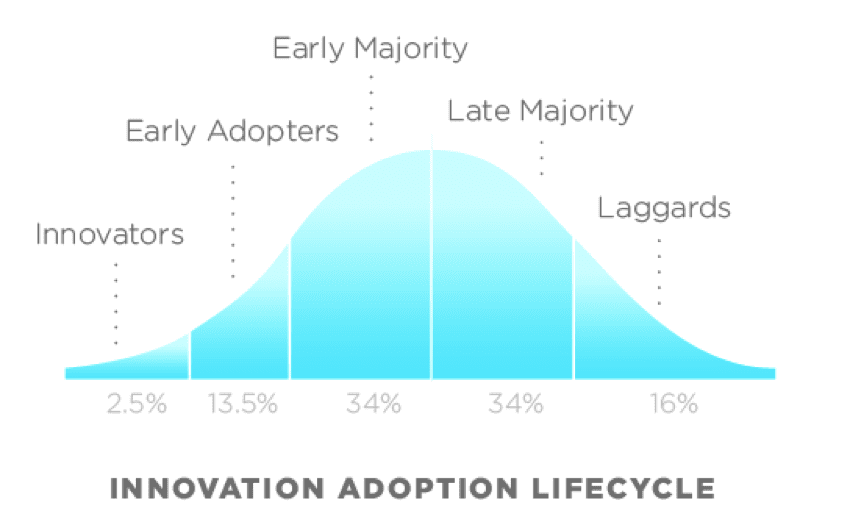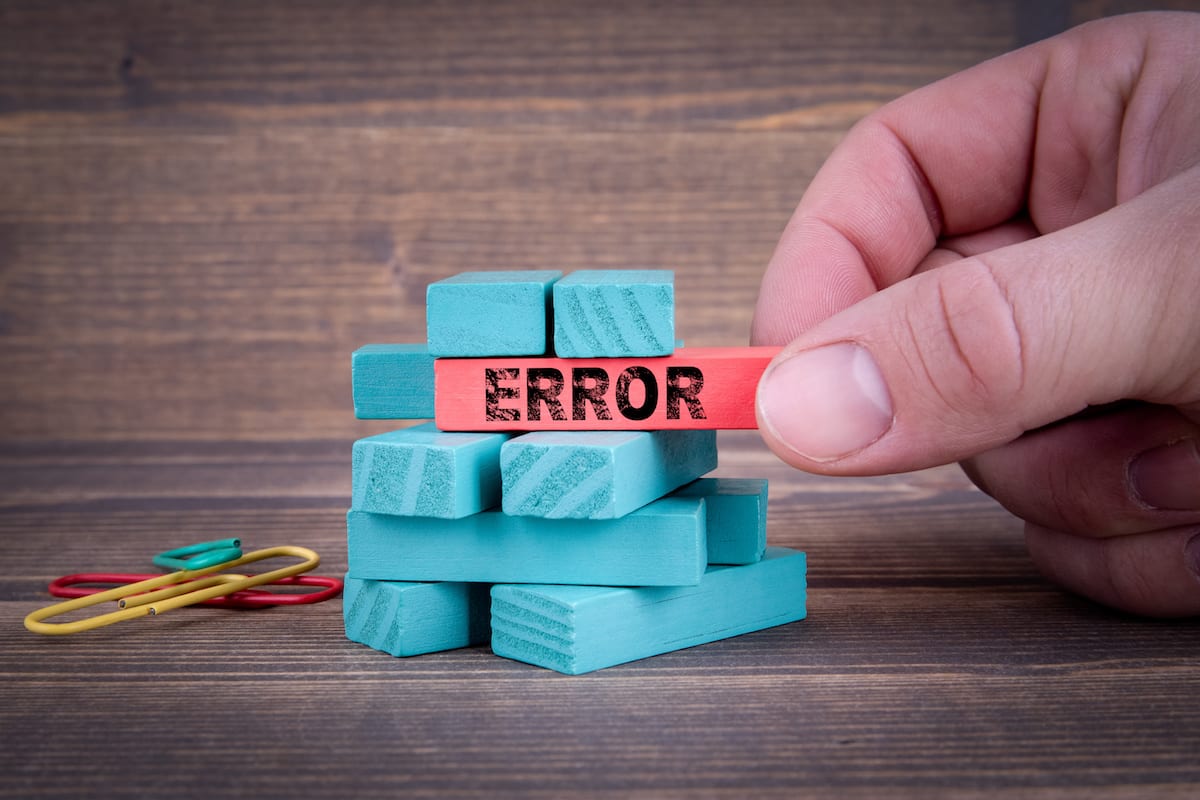On the basis of a Harvard Business School study by Shikhar Ghosh, 75% of venture-backed startups fail. That being said, startup is not everyone’s cup of tea. It requires a series of trial and error to fix and most importantly, your involvement if you’re looking to have your own startup one day.
A startup can be opened in a day but it takes years of your hard work, long hours, keeping abreast of what’s going on in the market and tuning up within the passage of time to be successful. It’s easy to have your own startup but it’s more difficult to run it smoothly for years to come. If the base is totally wrong, then how could you think of a growing tree that ripe you the best fruits?
If your startup idea is a vague idea without any concrete business plan to implement within a specified time can also take you nowhere. But how can you be sure of that the idea you’ve stumbled on for your startup is the right one? Let’s take a look.
1. Inability to Raise the Right Sort of Capital
Without raising capital, startups won’t be able to reflect the ambitions of the business. After spending a year and still not able to get, then you’re at a high risk of losing stale to investors. It also shows that the idea is not enthralling. For example, Circa, a U.S.-based mobile news app that used to provide the users with up-to-date news on various topics had to close down its operations in June 2015 due to lack of next course of funding and no buyers.
2. Demandless Product
Did you research the market for the product you’re going to launch? If not, then you’re helpless as you may have exhausted your capital, energy and time building a product to market that even doesn’t exist. There may be the chances that your market misfit product can realize the significant level of technical debt that the entrepreneur has no other choice than to drop the venture.
For example, Stayzilla, a hotel aggregator online portal which was launched in 2005 with a funding of $33.5 Mn in three rounds, still had to shut down due to lack of local network effect, inability to expand quickly, plus high costs and low revenues brimming the venture to be seen nowhere. It means the market was not thoroughly researched before starting this venture.
3. Lack of Audience Understanding
Have you found your next wave of customers in a timely and cost-efficient manner? If not, then you’re at potential risk. Don’t be so happy in finding an early set of adopters. Unless you acquire the next group of customers — the late adopters — you may need to drop your idea, reappraise your product and regrouping. Look at this famous graph. You can easily spot the importance of late adopters.

The American company, Kodak, was once a pioneer in camera technology, failed due to slowness in adapting to transition. As the digital photography continues to find its niche in the market, Kodak chose not to accept the change when needed the most. It got into photography when it was too late. It then failed to acquire the next breeze of customers, i.e. late adopters. Kodak finally announced bankruptcy in 2012 and exited the image capturing business.
4. Unborn Innovation
As per the recent study of “Entrepreneurial India,” by the IBM Institute for Business Value and Oxford Economics stated that 90% of Indian startups fail within the first five years. And the most common reason disclosed is the lack of innovation — according to the survey of 77% of venture capitalists the reason found was that Indian startups lack new technologies or unique business models.
The rising number of failures were in e-commerce, logistics and food technology. For example, new initiatives such as Make in India, the Indian Start-up program, the establishment of the Ministry for Skill Development and Entrepreneurship, the Intellectual Property Facilitation Centres and other incubation programs may have induced growth, but there is no hidden fact that innovation remains the huge missing piece of this Indian startup venture.
Another string of failure to be seen is Nokia that has been crushed by two A’s: Apple and Android. Nokia relied heavily on Symbian operating systems and it failed to adapt early to the software shift in the market and focus only on producing better hardware. It also failed due to lack of innovation when Samsung overtook the market and with the launch of iOS and iPhone, it didn’t take much time for the crowd to forget Nokia and shift to other brands.
A young and vibrant workforce is another important factor which will support your startup to be in the race. Google is still very much ahead than its peer competitors like Yahoo, Bing, etc. because of the consistent new changes it brings forward, which becomes sufficient enough to hook up millions of customers and investors.
At last, a startup is not a bad idea at all, how you take this league forward depends on you. As the venture capitalists are going smarter day-by-day regarding their infusion of capital which calls for you to tighten your belt and do your research and development every time. This will bolster your efforts to give your startup an edge to run. Also, your ‘don’t give up early’ approach and your willingness to innovate keep the ball of your venture moving efficiently in the times to come.

